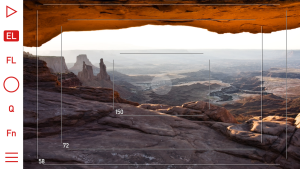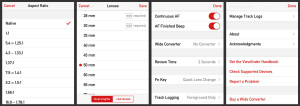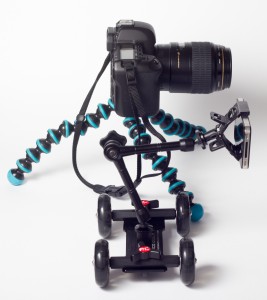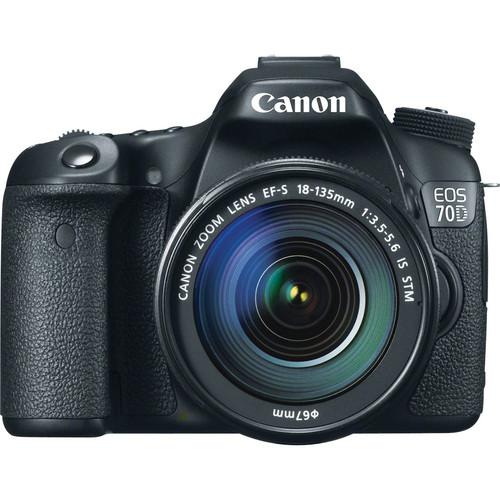iPhone as DSLR viewfinder
Don’t you think it would be cool to have an option to see something how your camera would see? To be able to point your iPhone to any direction, find crazy angles and see how would it look through a camera? To have an option to save locations and setup as you like. I would sure like that.
5 cool features I would like to have on my iPhone all the time
1st to store great locations when I don’t carry my equipment
2nd viewfinder with an option to check framing with different lenses
3rd to easily find a spot and angle from where I would like to shoot
4th to see how would my framing of the image look with a lens I don’t even have, maybe with a lens I plan to buy.
5th option to send and image of the location with GPS coordinates, and camera/lens info to my friend
Professional photographers might not need all of the mentioned above but I bet they could use some of the iPhone (that can be tunes beautifully at prophonerepairs.com — tablet repair ABQ to do this job smoothly) as DSLR viewfinder features, like saving, sending location info, or finding a spot for their camera. I know that with time you learn to visualize various lens effect on a potential frame, but more lenses and bodies you have, more of that you need to memorize, but why? Why to get into situation when you need to switch lenses to check which framing suits you best, while you could easily take your iPhone and point to the subject you want to take picture of and see how would it look with your final camera setup.
I found an app on the internet that does all 5 things I mentioned above, it is called Mark II Artist’s Viewfinder

You can find it in App Store or iTunes under “Viewfinder Mark II” icon above.
About Artist’s Viewfinder Mark II
Among all features I mentioned before it has couple of nifty options: Auto-exposure lock, auto-focus lock, AF confirmation beep, a Quick Control Screen for accessing frequently needed functions, a customizable Fn Key and shutter release via the Volume Up button.
Artist’s Viewfinder stores location and simulation metadata with the pictures, allowing you to evaluate results of a location scout later on your computer.


Only missing part that I see in this app is to have an option to change setup after you took the image. Once you setup your camera/lens, pick which setup you want to use and once you take that picture with Artist Viewfinder Mark II, you can’t change it afterwards.
Enough of the theory, let’s see how it does in real life test



To prove that image was taken from same position I had to make more “studio-like” setup. iPhone was mounted on the Pico Flex Dolly with “magic” arm and Clamp for small cameras or Smartphone, positioned on exact point like DSLR with mounted lens.




As you can see on images above, framing from Mark II Artists Viewfinder is very accurate. If you experience any difference between Mark II and real camera framing, you should read more about it in The Viewfinder Handbook.
Thoughts on Simulation Accuracy – quote from “The Viewfinder Handbook”
Our aim is to make the app’s simulation as accurate as possible. There are a couple of factors playing against us. Some can be compensated, some can’t. Let’s see them!
Before reading any further think about the following simple question: what is the focal length of a Leica Summicron 50mm f/2 lens?
No, it’s not 50mm. Close, but not 50.
To shed some light on the above statement, let me introduce the ISO 517:2008 standard [Photography — Apertures and related properties pertaining to photographic lenses — Designations and measurements]. This standard allows 5% variation between the lens’ effective and advertised focal lengths. That is, 5% up and 5% down. So an 50mm lens could be anything between 47.5 and 52.5 mm. While this difference is negligible at longer focal lengths, it could be important at shorter ones (wide angles).
Let’s take the before- mentioned Leica lens for example. (Don’t misunderstand me, I’m citing Leica as a positive example here. They are amongst the few – mostly German – lens manufacturers who still publish data sheets showing the real focal length of their lenses.)
The outer 50mm line is the true 50mm, the inner line is the Summicron’s real focal length.
Viewfinder copes with this issue with its Real Lenses feature. If a manufacturer gives us data about the real focal lengths, we incorporate them into the app all those lenses appear under the Real Lenses heading on the lens selector screen.
To deepen the problem we have to talk about a phenomenon called focus breathing. This means that focusing a lens could change it’s angle of view and thus it’s effective focal length. Just Google on “lens breathing” or “focus breathing” and you’ll find a few striking examples (for example a 70-200 zoom that is just mere 134mm at the long end when focused at the minimum focusing distance). Stellar priced motion picture lenses are well corrected for this effect, because it looks rather ugly on screen when the image size changes if focus is moved from one actor to another. (But it still happens. Look for it and you’ll find some good examples.) Still photographic lenses are usually not corrected at all for breathing. The problem gets even bigger at macro distances.
So what the label on the lens stands for? It is the effective focal length at infinity with +/-5% tolerance.
The tolerance issue can be corrected with real lens data. Not so easy with breathing. The iPhone’s camera breathes. Simulated lenses breathe. Fortunately iOS device cameras does not breathe that much, so we could find a point where the error from that is around 1%. However with regard to the lenses simulated we are completely out of luck.
The third thing is distortion – both within the iPhone’s camera and in the simulated lenses. Viewfinder does not take distortion into account at the moment.
Even with these limitations, the application can beat optical director’s and technical camera viewfinders in terms of precision easily. Don’t forget that the best precision is at infinity focus, with a Real Lens. Real lenses will be discussed in more detail in the next section.
You can read The Viewfinder Handbook, it is around 8.5 MB, PDF file.
Conclusion – The Viewfinder Mark II app
Note: that this is not affiliate article. There are couple of other viewfinder apps in the app store, and in our opinion Mark II is one that stands out.
 Canon5Dtips Photography is more than words.
Canon5Dtips Photography is more than words.






